Sprains and Strains
The sprains and strains are stretching or tearing of the ligaments, which are the tough bands of the fibrous tissue connecting two bones together in joints.
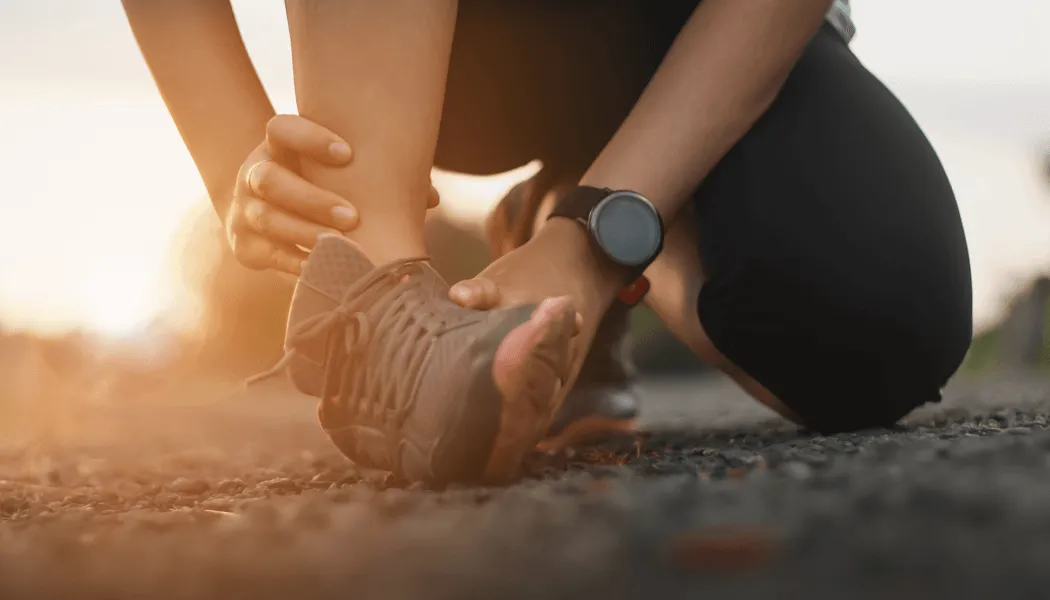
Overview
The sprains and strains are stretching or tearing of the ligaments, which are the tough bands of the fibrous tissue connecting two bones together in joints. The most common location is your ankle region. The initial treatments will include rest, ice, compression, and elevation or RICE. Home remedies are enough to treat mild sprains or strains, but severe sprains will need surgery to repair the torn ligaments.
Now, the difference between sprains and strains is that the sprain will injure the bands of tissue, which is connecting two bones together. On the other hand, you have a strain, which will injure the muscle or band of tissue attached to a muscle to the bone.
Walking Lunges Exercise For Thigh Muscles- Quadriceps And Hamstrings And Hip Muscles | Physiotattva
This physical therapy exercise works best for knee pain treatment and knee ligament sprains. This physical therapy exercise can be used to strengthen the lower body for overall fitness and for conditions such as arthritis or while recovering from ligament sprains. The exercise is effective for thigh muscles- quadriceps and hamstrings and hip muscles- gluteus maximus.
Symptoms
Now, the symptoms and signs of sprains and strains will vary quite a lot. These points solely depend on the severity of the said injury. So, make sure to look for these symptoms, as mentioned below, just to be on the safer side.
- Pain
- Bruising
- Swelling
- Limited ability to move your affected part or joint
- Feeling or hearing a pop within your joint during the time of injury
Going for physiotherapies can be of great help if non-invasive treatments can help you get back on your feet. In such cases are severe as a fracture, then surgery is the only option to get you back on your feet. On the other hand, medications like painkillers are sometimes recommended to ease out the pain of the sufferer before starting the actual physiotherapy.
Causes
A sprain might take place when you over-extend or tear any ligament and also stressing the joint severely. There are some circumstances where you might be suffering from strains and sprains. But first, ask experts to learn what is sprain and strain and then go for the desired treatments. Some of the causes are:
- Knee:
It might be pivoting during any athletic activity
- Ankle:
Exercising or walking on an uneven surface and also landing in an awkward manner from a jump.
- Wrist:
Landing on an outstretched hand during any unwanted fall.
- Thumb:
Overextension or Skiing injury while playing racquet sports such as tennis, badminton, and more.
Children are known to have softer tissue areas, also known as growth plates. These tissues are located towards the end of the bones. The ligaments around the joint remain a lot stronger when compared to the growth plates. So, the chances are high that the children are likely to experience a fracture than a sprain. So, keeping an eye on them while they are playing is a good call from parent’s sides.
When to See Physiotherapist
It is true that you can treat mild sprains at home. But serious injuries like fractures will need professional medical advice. It is mandatory for you to visit the doctor if you are suffering from any of the issues listed below:
- You fail to move or bear the weight on the affected joint
- There are times when you feel the pain directly over the bones of an injured joint
- You might feel some numbness in any portion of the injured area as well
Risks
Some of the factors, which might contribute to sprain and strain, are listed below for your reference:
- Fatigue:
Tired muscles fail to offer that good support for the joint areas. So, when you are super tired, you are more likely to succumb to the forces, which might stress a joint.
- Environmental conditions:
Uneven or slippery surfaces might make you way more prone to injury, and you better be careful while crossing those surface regions.
- Poor use of equipment:
Poorly maintained footwear or ill-fitted shoes, or any other sporting equipment will contribute to your risk of getting a strain or sprain.
How to Prevent
There are some simple steps, which can help in keeping strain and strain at bay. Regular stretching and strengthening exercises for fitness, work, or sports activity must be a part of the entire physical conditioning program. These steps will help you to minimize the sprain or strain risk. Always be in shape for playing your sport, and do not play it just to get in shape. In case you are associated with a physically demanding job profile, then regular conditioning will help you to keep injuries at bay.
Protecting joints for a long time is now possible by working to strengthen and conditioning the muscles surrounding the joint areas. Muscle braces are important. You should ask your doctor for the proper conditioning and stability exercises. On the other hand, use footwear that will offer the ultimate protection and support that you need.
Treatments
It is vital to follow the RICE protocol for strains and sprains to reduce swelling or redness and relieving pressure on the affected area.
- Rest:
Stop physical activities or exercises and avoid putting weight on the affected limb.
- Ice:
Apply the ice on the injury immediately for around 20 minutes every 2 to 3 hours. Sometimes, a bag of frozen vegetables can work as well.
- Compression:
For reducing swelling, wrap the area with a trainer’s tape or bandage.
- Elevation:
Keep the injured area raised above chest level.
Some of the OTC medications can help reduce swelling and pain and provide the best sprains and strains treatments. However, it is important to visit a physiotherapist for some stretching exercises to keep the pain in control and not letting it grow.
Related Conditions
Apart from the main sprain areas, doctors will further check the muscles, tendons, ligaments, and bones of the injured portion to give proper treatment. So, keep the numbers of physiotherapists handy.
Frequently Asked Questions
What are the 3 levels of sprain strain?
Grade 1 is the sprains where ligament fibers get stretched but not torn. Then Grade 2, where the ligament is partially torn, and finally Grade 3, where the ligament is completely ruptured.
What causes sprain and strains?
Sports injuries are the main reason behind such injury. Even if you over-stretched a ligament or muscle, that can result in a sprain as well.




.webp)


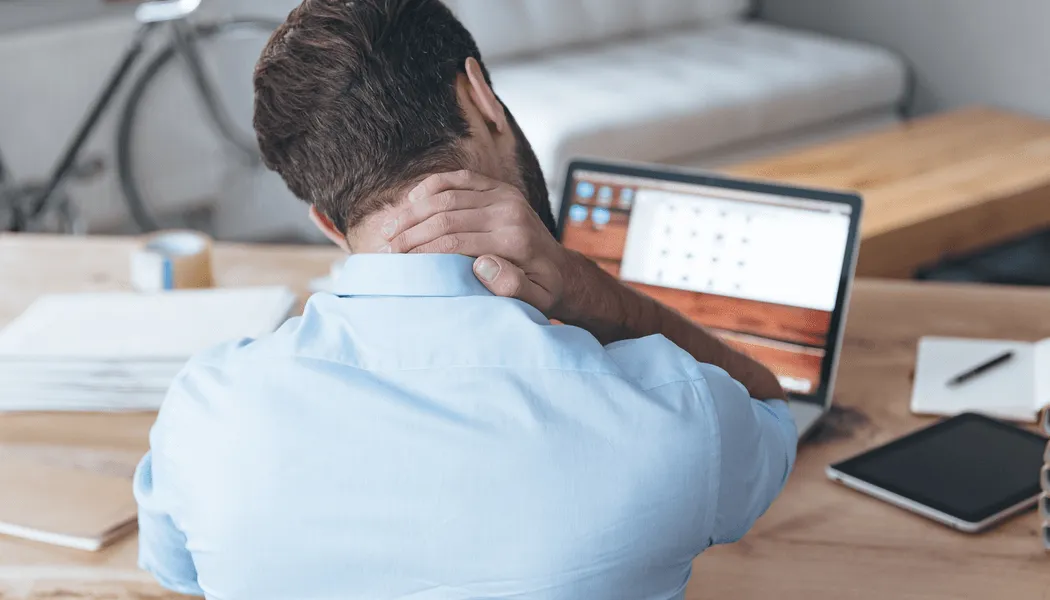



.webp)

.webp)
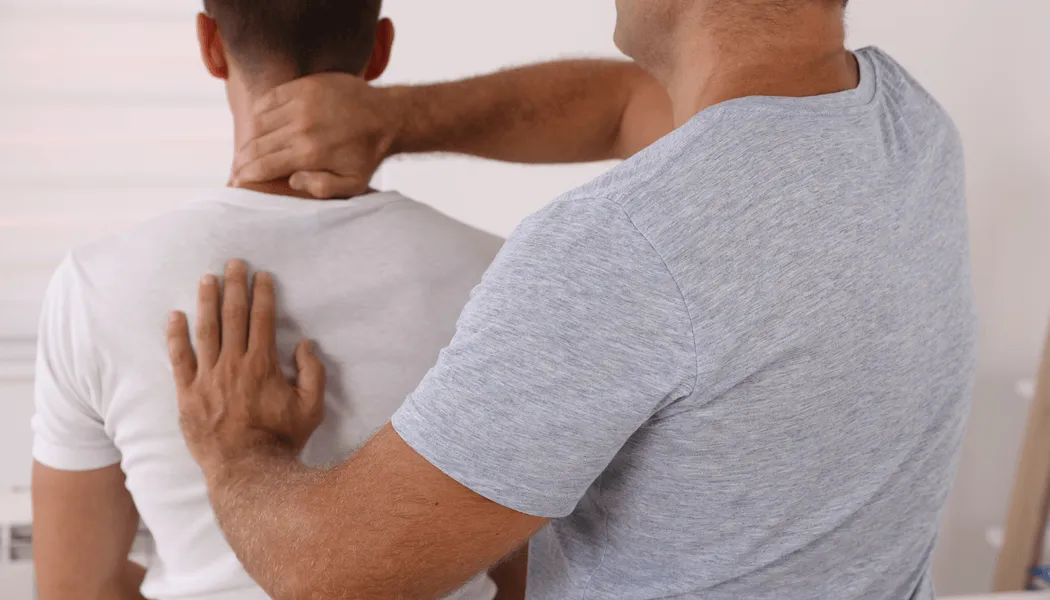
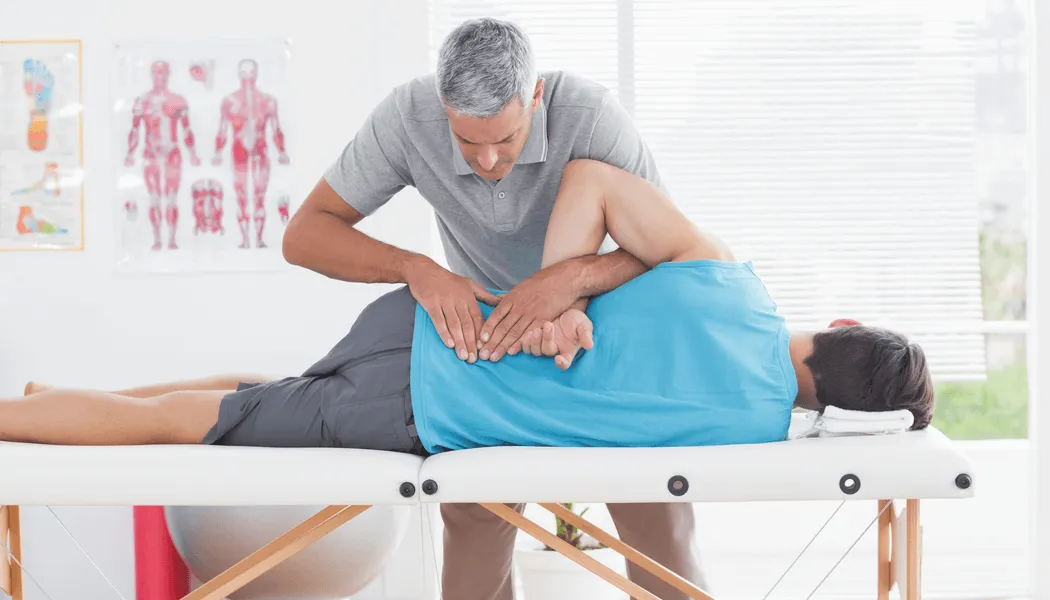
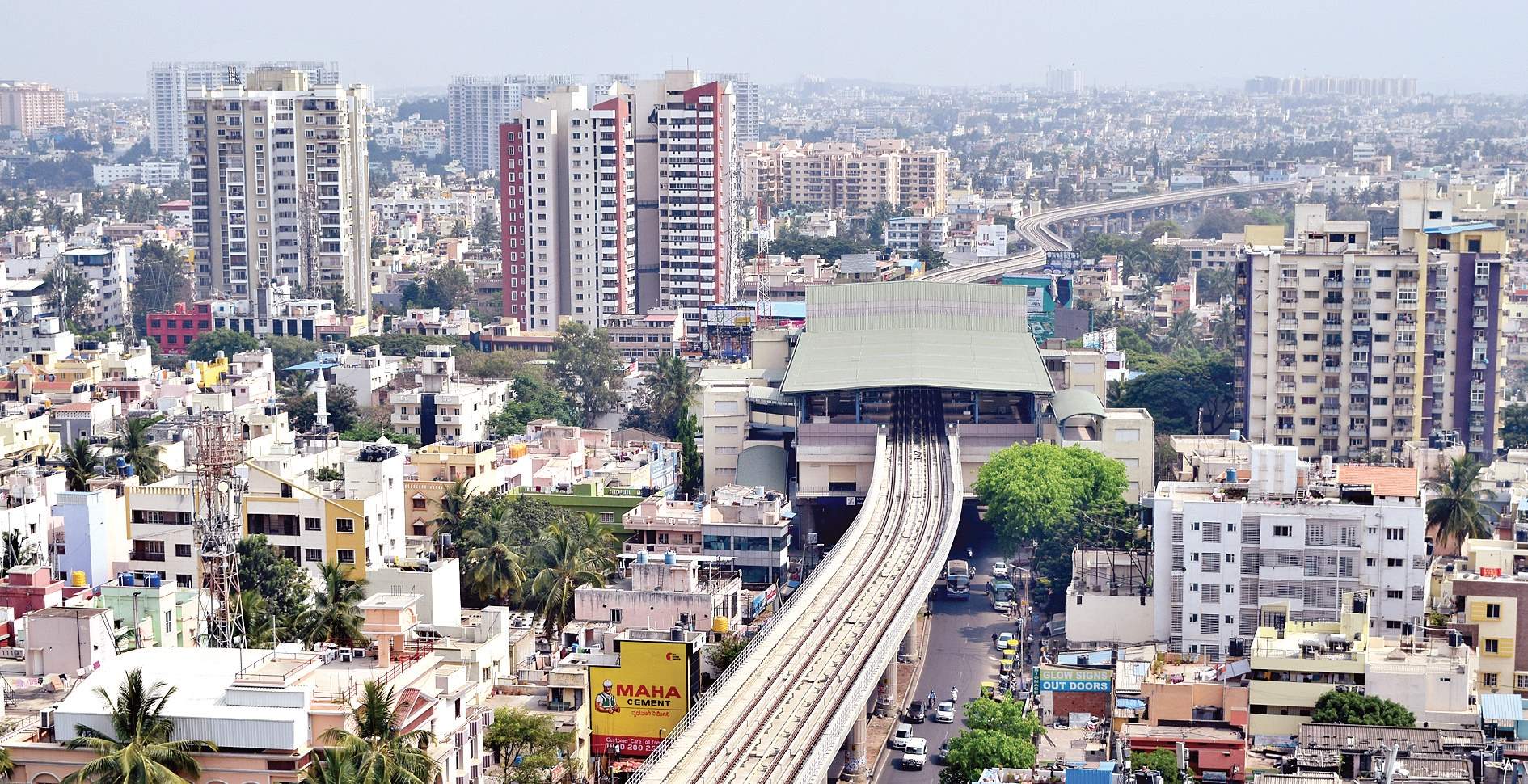
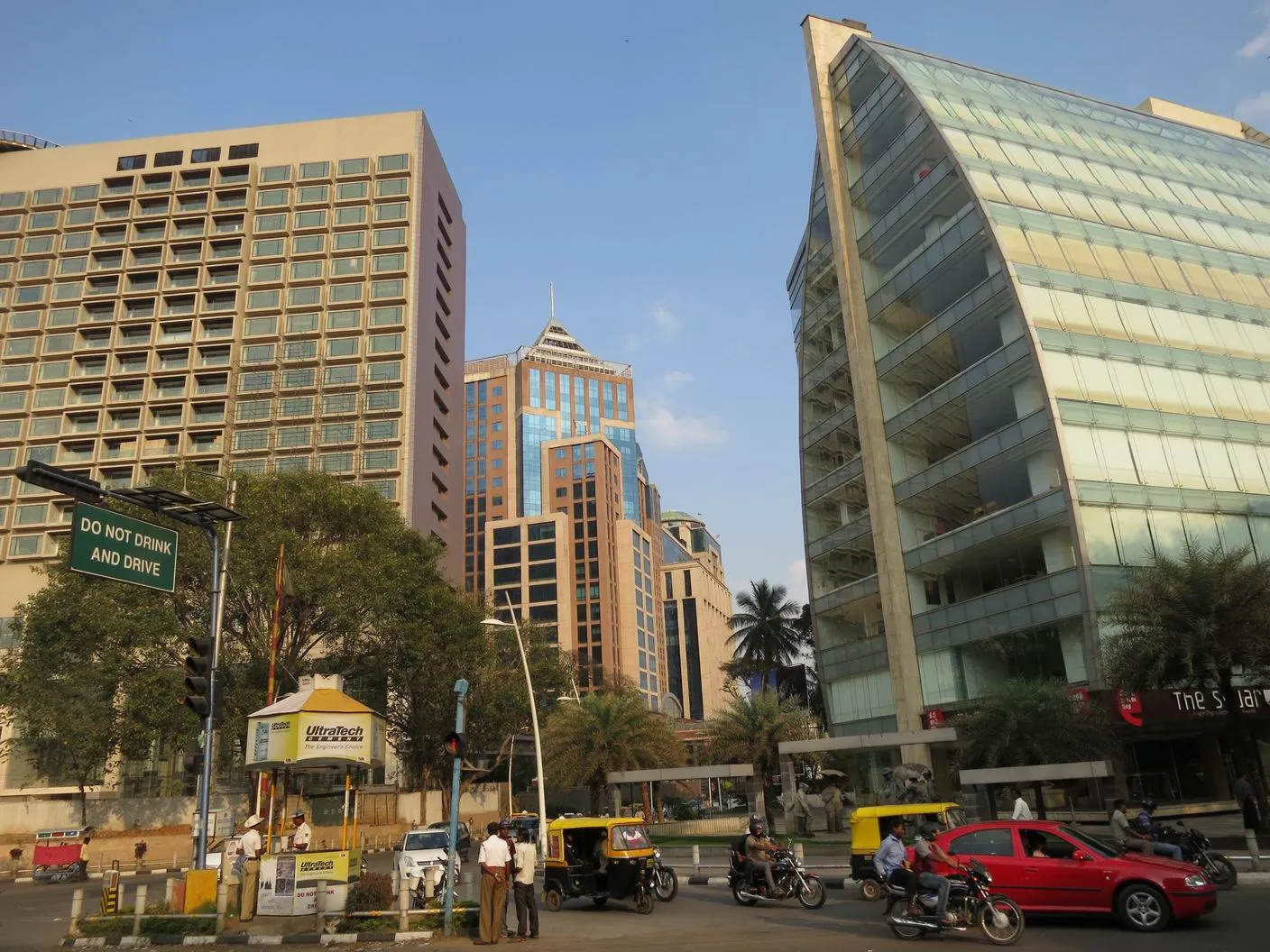
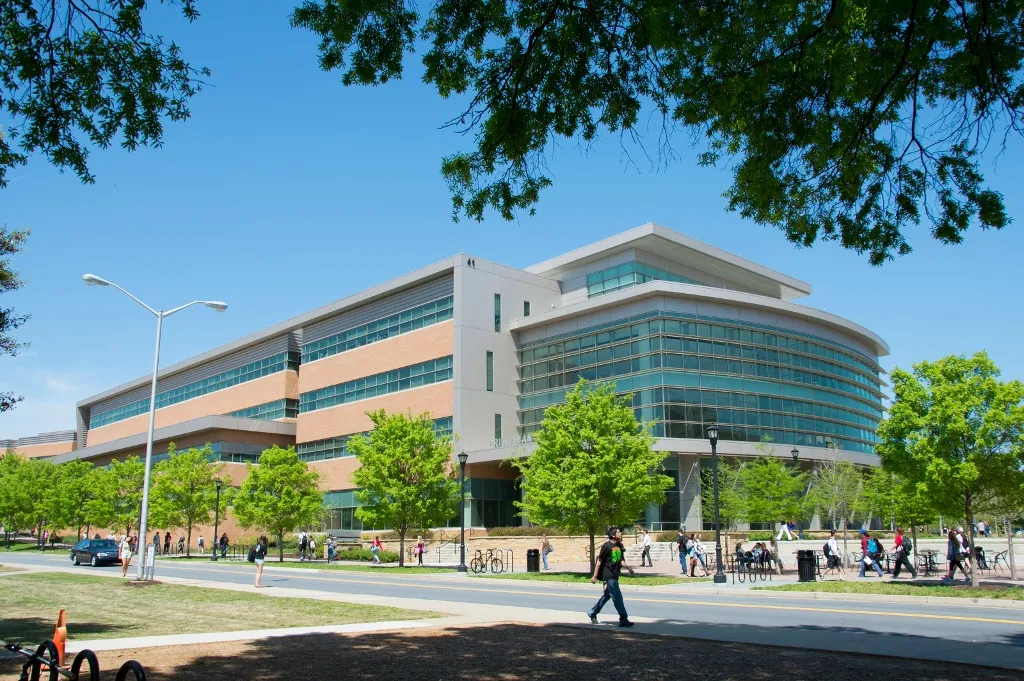



%20(1)-p-3200.jpeg)
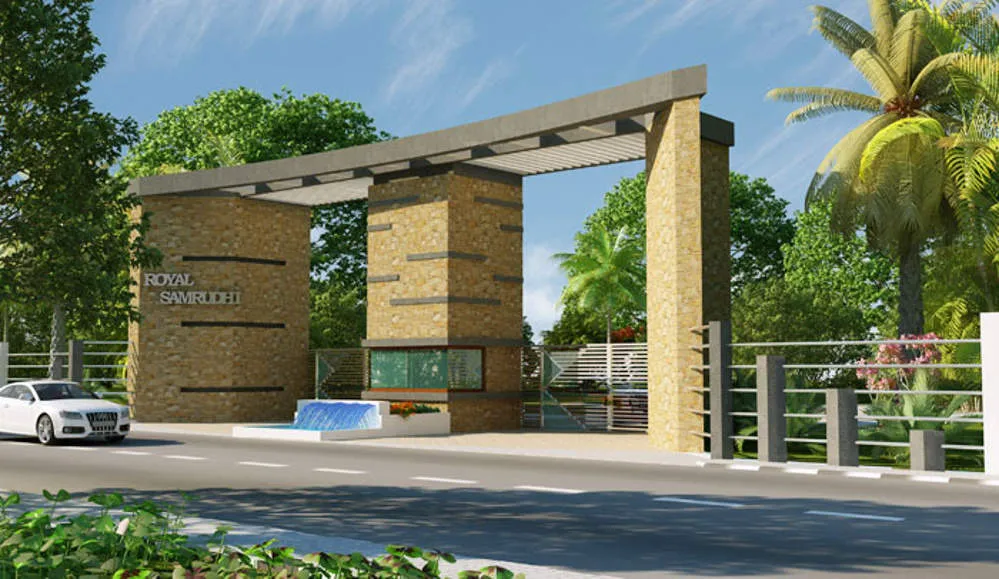
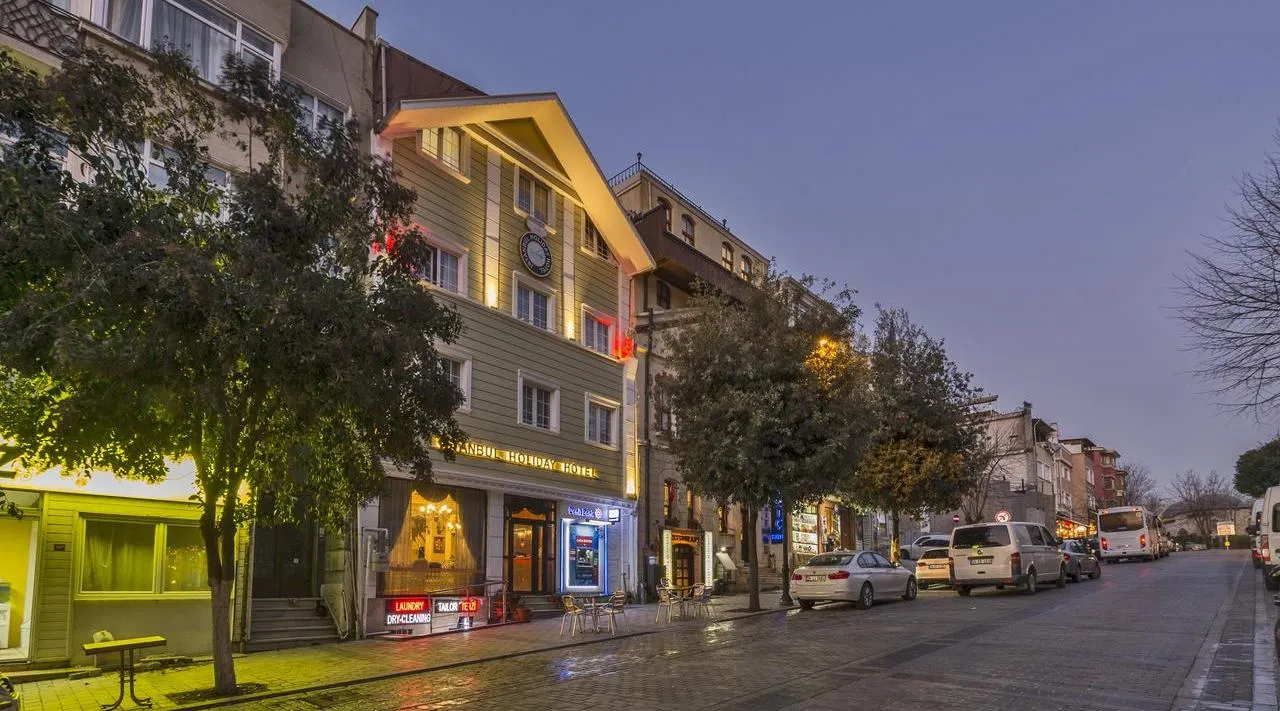
.jpg)
.webp)
.webp)
.webp)

